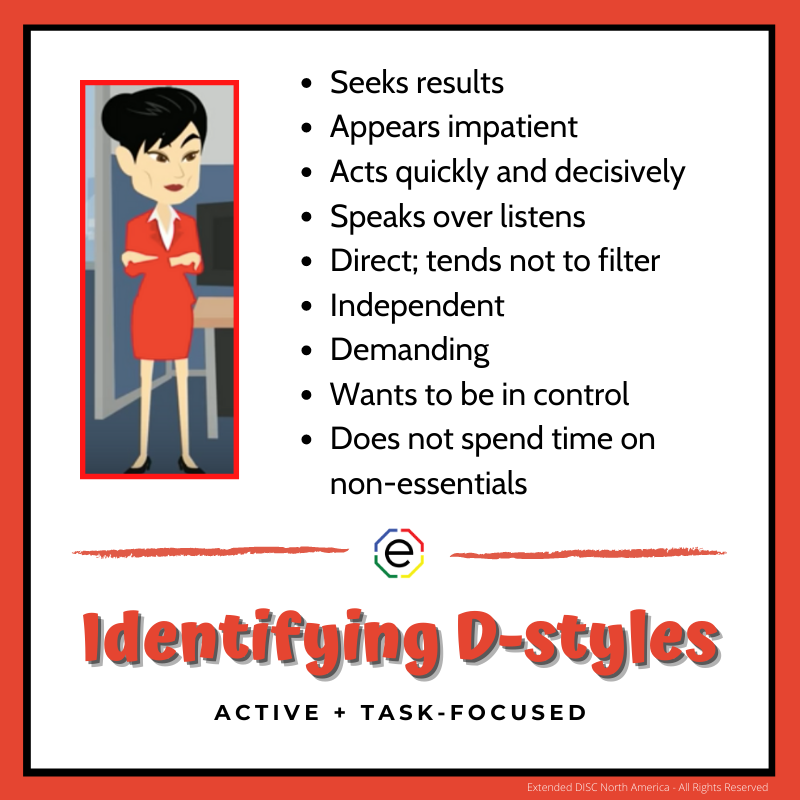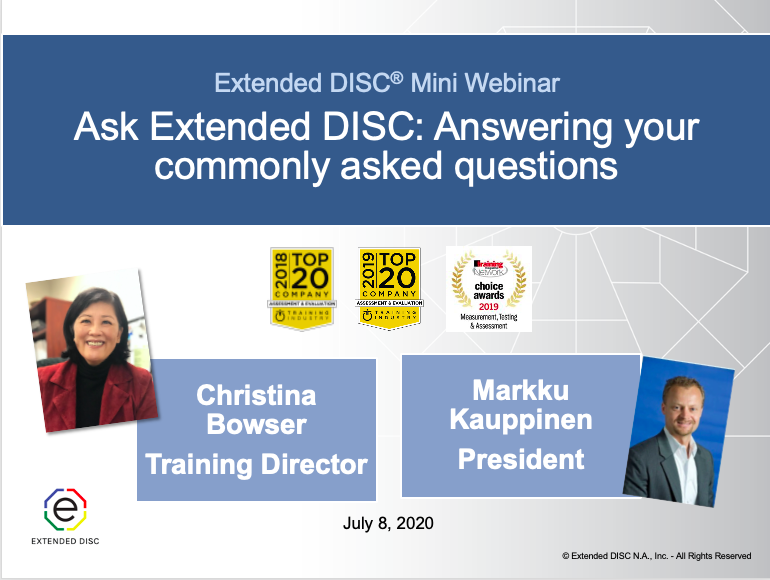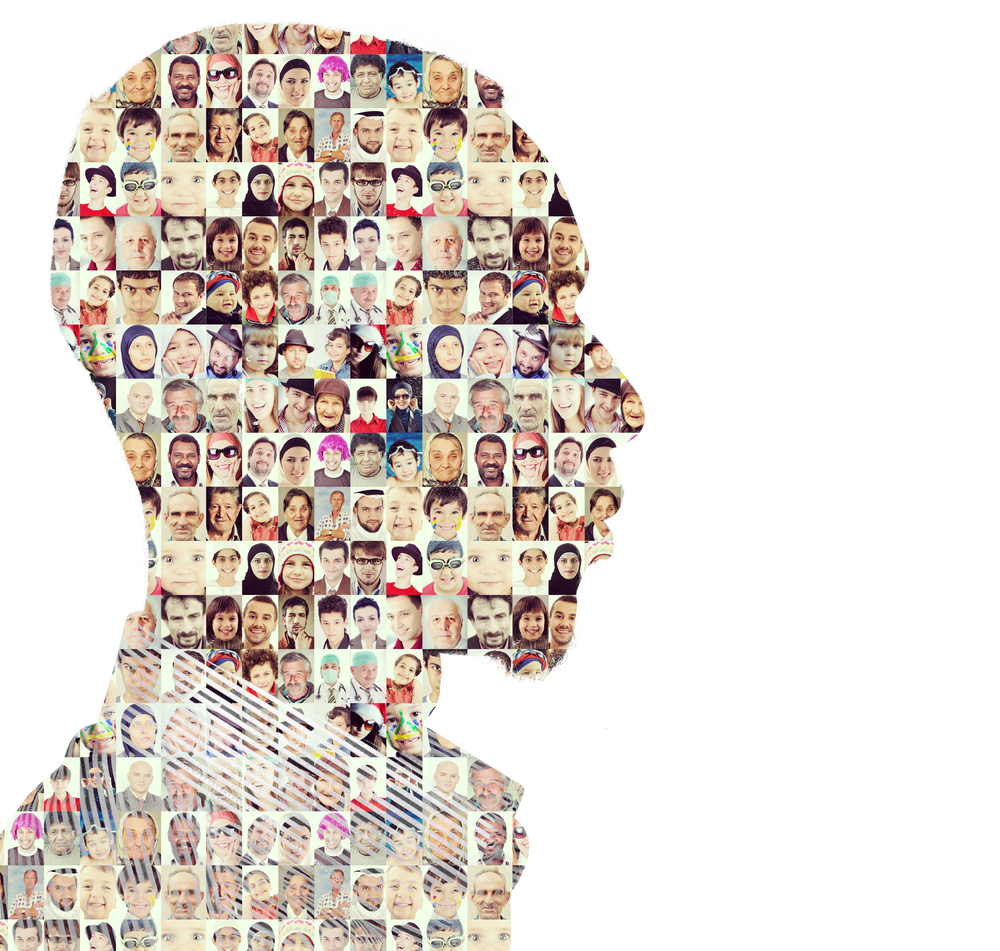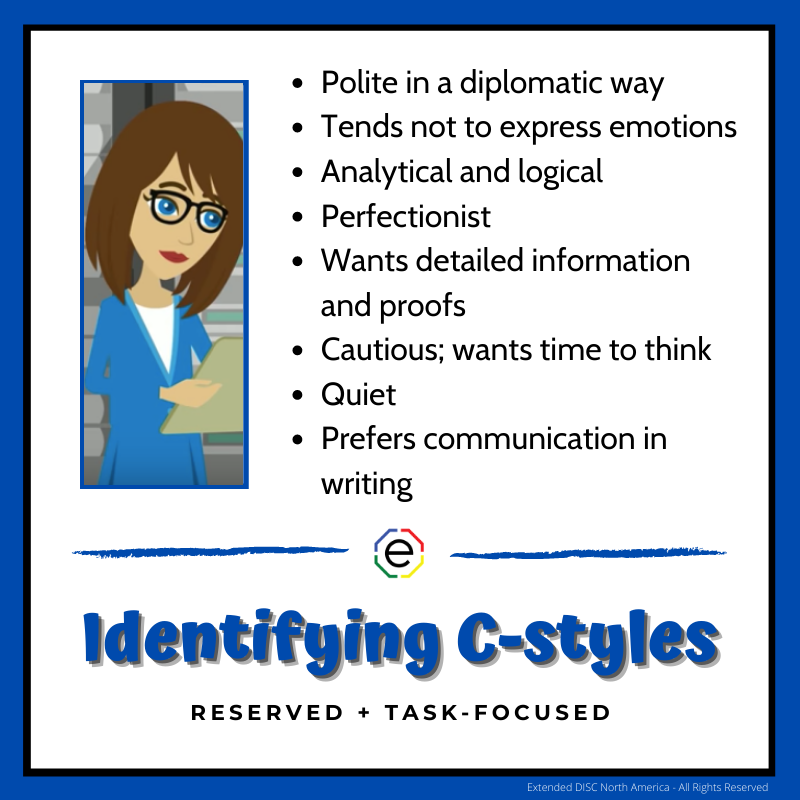
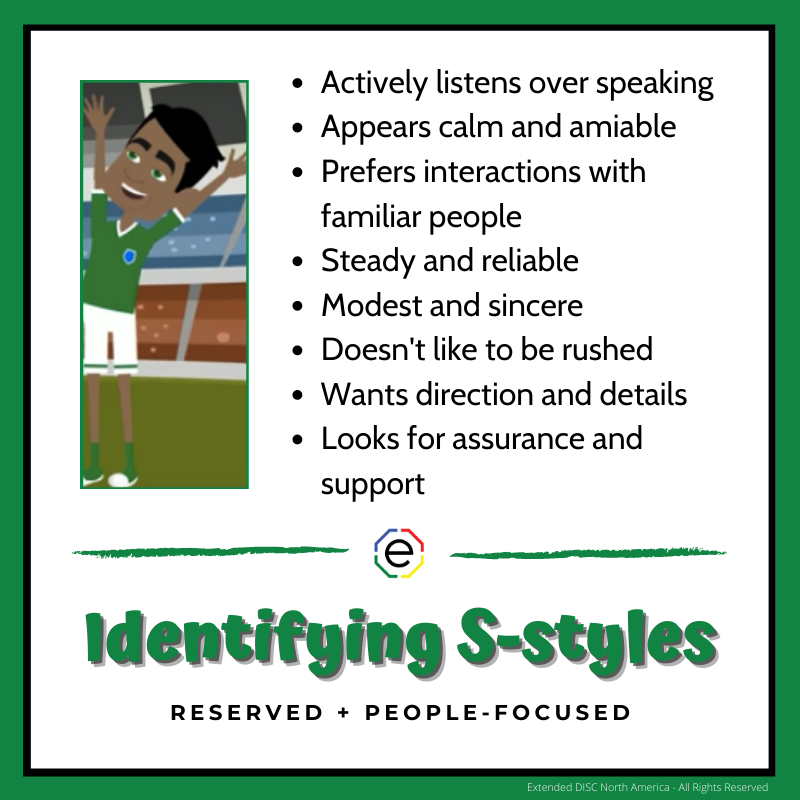
S-styles are people-oriented, but more reserved. What else makes them different from the other styles?
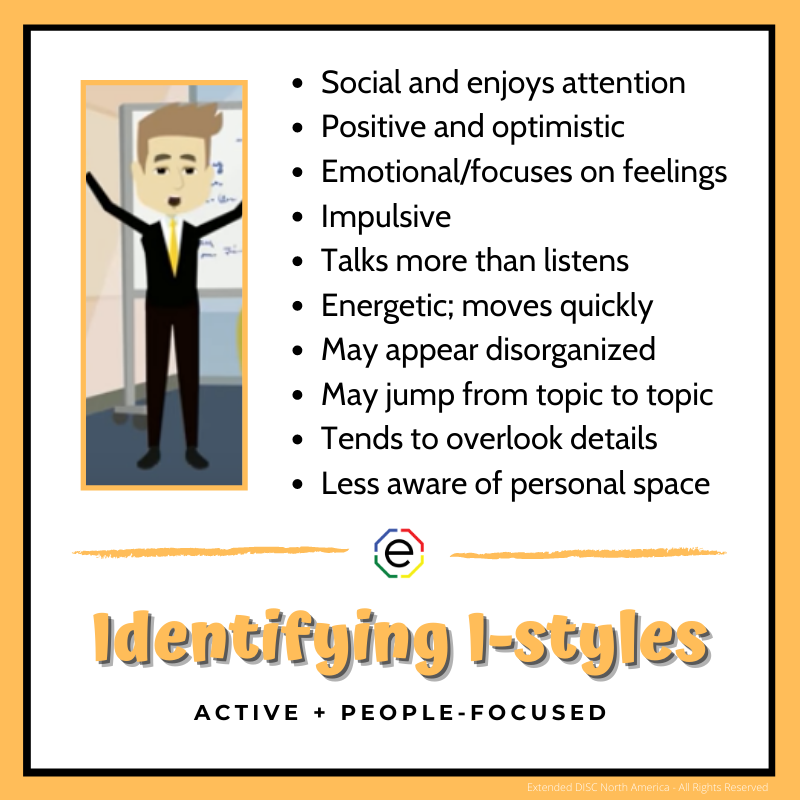
I-styles are spontaneous and people-oriented. How are they different from the other DISC styles?

DISC tools are commonly used to enhance workplace communication, but do you actually know what DISC does and doesn't measure?
DISC is a powerful tool because it is easily understood and practical to use. Most of us don't need to know the methodology behind it; we just want to know if we can trust the results. However, if you're curious as to what the Extended DISC® Tool measures and doesn't

